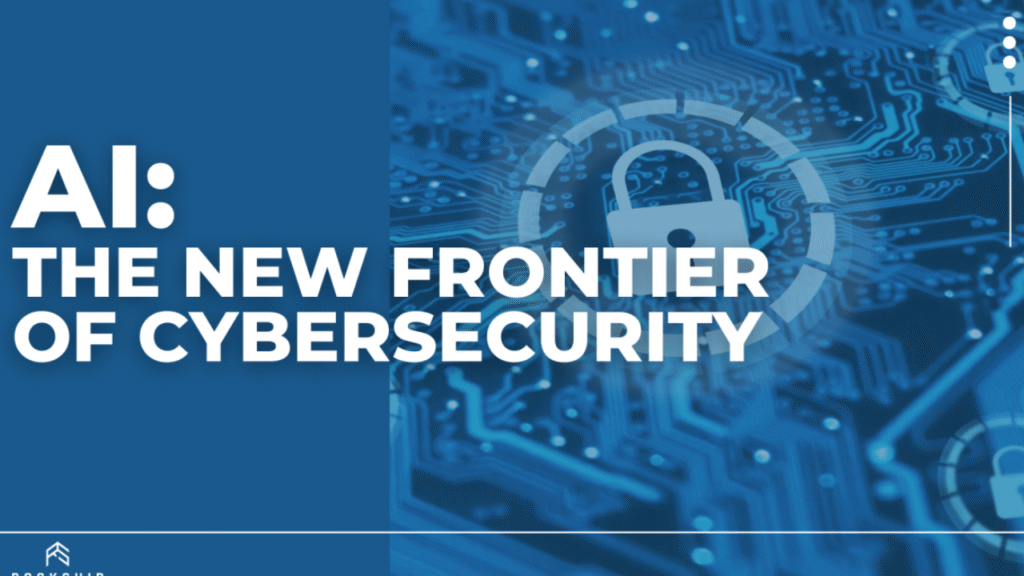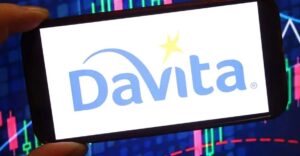As cyberattacks grow in volume and complexity, enterprises are turning to AI in threat detection to defend critical systems. A new generation of machine learning–driven cybersecurity tools is now capable of identifying malicious behavior, adapting to emerging threats, and reducing response times—often without human intervention.
How AI is Changing the Threat Detection Landscape
Cybersecurity used to rely heavily on static signatures, firewall rules, and manual oversight. But attackers now use polymorphic malware, fileless exploits, and social engineering tactics that bypass conventional defenses.
AI brings a data-centric approach. By analyzing behavior, traffic patterns, access anomalies, and endpoint telemetry, AI can flag unusual activity as it happens. Most platforms use techniques like:
- Supervised learning to detect known threats
- Unsupervised anomaly detection to spot unknown threats
- Natural language processing for threat intelligence parsing
- Reinforcement learning to optimize SOC (Security Operations Center) workflows
This makes threat detection more proactive and scalable, especially in large enterprises managing millions of daily events.
Case Study: JPMorgan Chase and AI Cyber Defense
One of the most comprehensive enterprise deployments of AI in cybersecurity is at JPMorgan Chase. The financial giant uses proprietary AI models to monitor over 100 million user logins per day across its global systems.
The system correlates login behavior, device health, geolocation, and access time to determine if an activity is suspicious. If a risk is flagged, the AI can automatically:
- Block the session in real time
- Trigger multi-factor authentication (MFA)
- Alert SOC analysts with detailed forensic data
According to internal reporting, this approach has reduced false positives by 38% and improved breach containment time by nearly 50% since its deployment in 2023.
Zero-Day Protection with Machine Learning
Zero-day vulnerabilities are flaws that are unknown to the software vendor and can be exploited before a patch is available. Traditional antivirus tools often fail to detect these threats. AI, on the other hand, identifies them by learning behavioral deviations rather than relying on known attack patterns.
Security platforms like CrowdStrike and Darktrace use neural networks and anomaly detection to catch zero-day exploits before they spread. For example, Darktrace’s AI recently neutralized an emerging ransomware variant at a logistics firm just 17 minutes after detection, well before human analysts could intervene.
AI-Driven SOC Automation
AI is not only detecting threats faster—it’s changing how security teams operate. With SOC workloads ballooning due to alert fatigue and talent shortages, automation is becoming essential. AI systems can:
- Correlate alerts across sources like firewalls, EDRs, and cloud systems
- Prioritize incidents based on severity and business impact
- Initiate automated responses such as quarantine or access lockdown
- Provide real-time summaries and remediation steps to analysts
According to a 2024 IBM Threat Intelligence Report, organizations using AI-driven SOC automation have reduced mean time to detect (MTTD) by 45% and mean time to respond (MTTR) by 60%.
Limitations and Ethical Considerations
Despite its benefits, AI in threat detection isn’t without flaws. Models can generate false positives, overlook subtle threats, or reinforce biases in training data. Moreover, attackers are beginning to exploit AI systems through techniques like data poisoning or adversarial attacks.
There are also concerns around surveillance, particularly when behavioral monitoring encroaches on employee privacy. Ethical frameworks are now emerging to ensure:
- Transparency in AI-driven decision making
- Clear audit trails and human override mechanisms
- Bias testing and fairness in threat scoring models
Organizations are encouraged to maintain a hybrid approach—using AI for scale and speed, but keeping human analysts involved in high-impact decisions.
The Role of Open Source and Global Collaboration
Open-source AI tools are playing a growing role in democratizing threat detection. Projects like Elastic Security and osquery provide modular frameworks for behavioral monitoring and endpoint security at scale.
International collaboration is also key. Agencies such as ENISA in Europe and the Cybersecurity and Infrastructure Security Agency (CISA) in the U.S. are now encouraging threat-sharing across borders, including AI-powered detection algorithms.
This collaboration helps train models on more diverse data, improving their effectiveness against global threats like ransomware-as-a-service or nation-state cyberattacks.
Future Outlook: Predictive Cybersecurity
The next evolution in AI-driven security is predictive modeling—anticipating attacks before they happen based on threat actor behavior, geopolitical signals, and real-time threat intelligence. This involves:
- AI simulations of potential breach paths (attack surface mapping)
- Dynamic honeypots to lure and study attacker behavior
- Proactive patching recommendations based on vulnerability forecasts
As AI becomes more capable of reasoning and adapting, it could soon take on a role not just as a reactive defender but as a cyber strategist—intercepting threats before they ever breach the perimeter.




